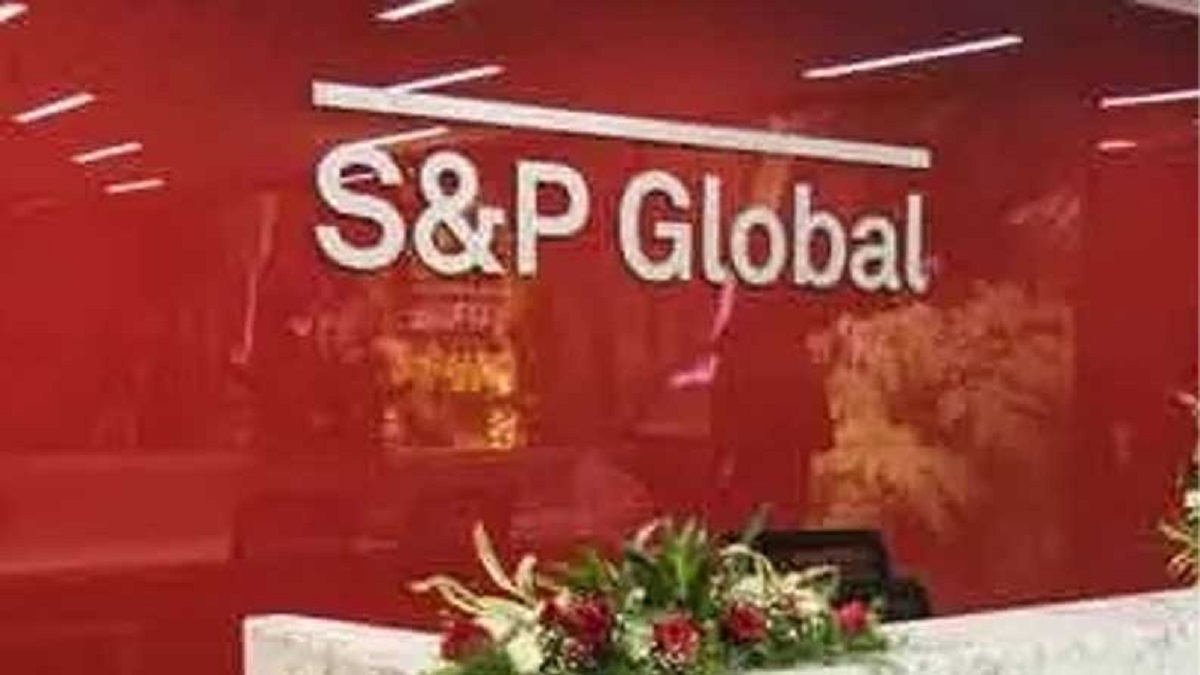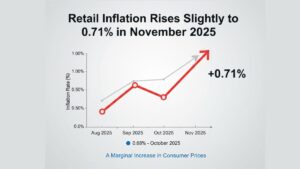India’s economic growth is set to expand at 6.4% in both FY25 and FY26, according to the latest forecast by S&P Global Market Intelligence. This estimate reflects steady progress despite global economic challenges and domestic policy shifts. While the projection aligns closely with the Reserve Bank of India’s (RBI) forecast of 6.6% for FY25, it is slightly lower than S&P Global Ratings’ earlier estimate of 6.8%. The report highlights how key monetary and fiscal policies, inflation trends, and government expenditure will influence this growth.
How is India’s Growth Being Driven by Monetary and Fiscal Policies?
One of the major drivers behind India’s economic expansion is the supportive stance of the RBI and the government’s fiscal policies. In February 2025, the RBI cut the policy repo rate by 25 basis points to 6.25%, marking the first rate reduction in nearly five years. This move aims to stimulate borrowing and investment, thereby boosting economic activity.
Additionally, the 2025 Union Budget introduced tax relief measures aimed at increasing disposable income and consumer spending. S&P Global Market Intelligence expects another 25 basis point rate cut in April 2025, which could provide further momentum to domestic demand. These combined efforts are expected to cushion the economy against global uncertainties and support steady growth.
What Are the Key Economic Factors Influencing India’s Growth?
Several factors will play a crucial role in determining the pace of India’s economic expansion:
Inflation Trends: A decline in inflationary pressures is expected to enhance household purchasing power, encouraging higher consumer spending.
Monsoon Conditions: A favorable monsoon will be crucial in supporting agricultural output, benefiting rural demand and employment.
Government Expenditure: Increased social and infrastructure spending by the government is likely to drive economic growth by supporting domestic demand.
These factors, combined with policy support, will determine the stability and strength of India’s economic trajectory in the coming years.
What Lies Ahead for India’s Economy Beyond FY26?
Looking beyond FY26, S&P Global Market Intelligence predicts a slight moderation in growth, with the GDP expansion rate expected to slow to 6.2% in FY27 before rebounding to 6.6% in FY28. This suggests that while short-term challenges remain, long-term structural reforms, technological advancements, and sustained investments in infrastructure will help India maintain a strong growth path.
India’s economic growth remains resilient despite global headwinds. With monetary and fiscal support in place, inflation stabilizing, and key sectors showing promise, the country is on track for steady expansion. The coming years will test how well policy interventions translate into sustained economic momentum.
India’s Economic Growth Outlook: Key Highlights
| Aspect | Details |
|---|---|
| Why in News? | S&P Global Market Intelligence forecasts India’s GDP to grow at 6.4% in FY25 and FY26. |
| RBI’s Role | RBI cut repo rate by 25 bps to 6.25% in Feb 2025 to boost borrowing and investment. |
| Government Measures | Tax relief in Union Budget 2025 to increase disposable income and demand. |
| Growth Drivers | 1. Easing inflation → More purchasing power. 2. Favorable monsoon → Boosts agriculture and rural demand. 3. Higher government spending → Supports infrastructure and economy. |
| Comparative Estimates | RBI projects 6.6% growth for FY25, while S&P Global Ratings had earlier estimated 6.8%. |
| Long-Term Outlook | Growth may slow to 6.2% in FY27 but rebound to 6.6% in FY28, supported by reforms and investments. |



 India’s Forex Reserves Rise by $1.68 Bil...
India’s Forex Reserves Rise by $1.68 Bil...
 India’s Net Direct Tax Collections Rise ...
India’s Net Direct Tax Collections Rise ...
 Retail Inflation Rises Slightly to 0.71%...
Retail Inflation Rises Slightly to 0.71%...







